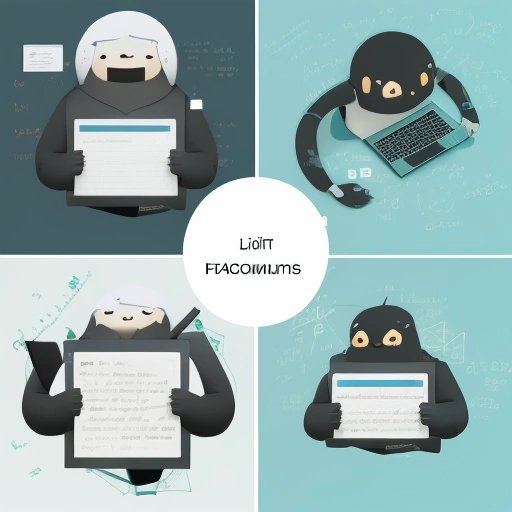In an era monopolized by glowing apples and windows to the technological world, a rather more "homey" operative system is causing quite the stir. Lovers of binary code and sleek interfaces worldwide are delighting in an unexpected hero: Desktop Linux. Yes, you've read correctly. This cornerstone of tech, often considered equivalent to dragging one's knuckles on the ground in fluent Fortran, is now widely recognized as the vinophile's choice of operating systems.
To start things off, here's a little trivia. Did you know that the term Linux, while becoming synonymous with the operating systems based on it, is actually the name of just the kernel? This humble software heart began beating in 1991, born from the mind of Linus Torvalds. Rather like the noble honeybee creating its hive, the vibrance of Desktop Linux arises from the swarm of variations, commonly dubbed 'distributions,' each flowering from this pollinating kernel.
Volatility, rather than deterring users, is a wellspring of joy for Linux lovers. This wonderful chaos is the digital equivalent of Pandora's Box, opening up endless possibilities and opportunities for customization. You want a system built around a particular package or utility? It's likely there's already a distribution lovingly crafted to suit your needs. If not, guess what? Roll up your sleeves, dive into the source code, do it yourself, and behold the joy of creation.
There's an almost poetic beauty in Desktop Linux's open-source nature. Its beating code heart is laid bare for all to see, admire, modify, and improve. This transparency yields a sense of community rarely found elsewhere, fostering a thriving ecosystem of enthusiastic tech maestros and eager Neophytes. The Linux community is a gigantic potluck, with everybody bringing something to the table, be it a bug fix, an elegant solution, or a head-scratching conundrum.
Of course, no wine is without its lees. We are not blind to the learning curve Desktop Linux entails. But there is pleasure to be found in the ascent, a sense of accomplishment in overcoming obstacles. The community is generously patient with greenhorns, understanding that every troubleshoot, every error message deciphered, every successful execution brings a rush akin to that of conquering a stubborn algorithm or figuring out a complex puzzle.
Queues and stacks, post-fixed and prefix notations, these terms are not foreign to those with a penchant for data structures and hard-core mathematics. Hence, the comfort with CLI (Command Line Interface), where the user communicates with the system using mere text, might not come as a surprise. Linux desktop, unlike counterparts Windows and macOS, offers more than just the graphical user interface (GUI). The CLI is daunting, admittedly, but it is also a source of joy for many users.
As the golden sun sets on our tour of Desktop Linux, we leave you with one final thought shared by its enthusiasts: Control. At its core, it's a symbol of the user's freedom. The freedom to tweak, to invent, to explore. The freedom from corporate shackles and predetermined narratives. The freedom to not just consume technology, but also conceive it.
And this, dear reader, is why Desktop Linux brings tidings of joy to the world of technology. It might not be everyone's cup of java, but it certainly fills its users with a profound sense of satisfaction and euphoria. Here's to the powerhouse of possibilities that is Desktop Linux, long may it bring us joy.


